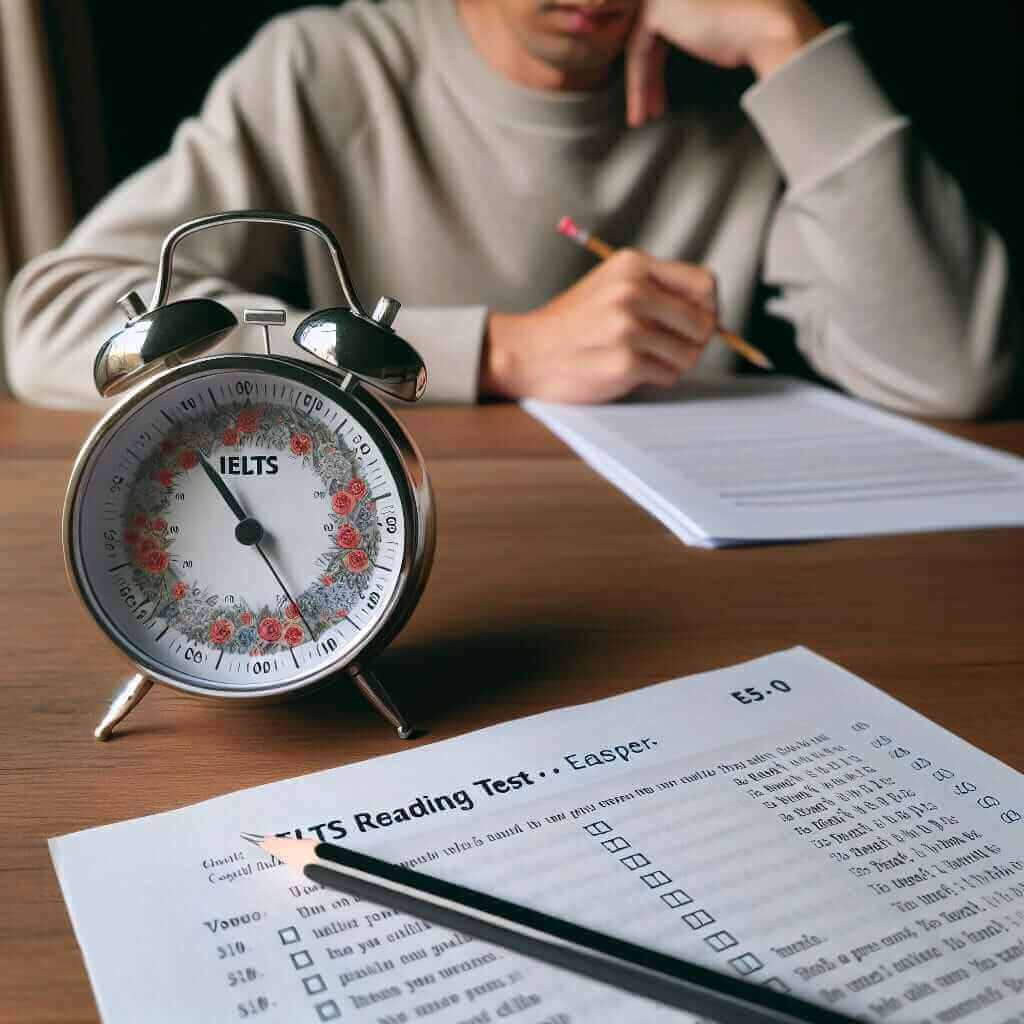The IELTS Reading section is known for its challenging nature and time constraints. Many candidates struggle with Task 1, resulting in common mistakes that can significantly impact their overall band score. In this article, we will explore common IELTS Reading Task 1 mistakes, provide illustrative examples, discuss how to apply these insights to real IELTS tests, and suggest effective practice methods to minimize errors.
Understanding IELTS Reading Task 1
What is IELTS Reading Task 1?
IELTS Reading Task 1 typically involves questions related to a passage, and candidates must demonstrate various reading skills such as skimming, scanning, and detailed reading. The types of tasks may include multiple-choice questions, True/False/Not Given, sentence completion, matching headings, identifying information, and others.
Common IELTS Reading Task 1 Mistakes
1. Failing to Understand the Question Types
Different question types require different strategies. Misinterpreting the question can lead to incorrect answers. For example:
True/False/Not Given
In this type, candidates must determine whether information in the passage is true, false, or not given. A common mistake is assuming facts not present in the text.
Example:
Passage: “The company was established in 1990 and has grown rapidly since then.”
Question: “The company was founded in the early 1990s.”
- Correct answer: False (The passage states 1990, not the early 1990s).
2. Overlooking Synonyms and Paraphrasing
IELTS passages often use synonyms and paraphrasing to test comprehension. Missing these can lead to wrong answers.
Example:
Passage: “The conference will take place in September.”
Question: “The event is scheduled for the fall.”
- Correct answer: Yes (Fall and September correspond to the same timeframe).
3. Skimming and Scanning Inefficiently
Skimming and scanning are essential skills for locating key information quickly. Inefficiency in these techniques can consume valuable exam time.
Example:
Passage: A detailed description of a scientific process.
Question: “What is the second step in the process described?”
- Approach: Scan for sequence indicators (first, second, next).
4. Misinterpreting Matching Headings
When matching headings to paragraphs, candidates often make errors by selecting an answer based on incomplete comprehension.
Example:
Passage: A paragraph discussing various bird species.
Question: Select the heading that best matches the paragraph.
- Correct approach: Read the paragraph fully to understand its main idea before choosing.
5. Ignoring Important Details
Paying attention to details such as dates, names, and figures is crucial. Ignoring them can result in wrong answers.
Example:
Passage: “The population of the town increased to 5,000 in 2005.”
Question: “What was the population of the town in 2005?”
- Correct answer: 5,000 (Ensure the year matches as well).
6. Mismanaging Time
Time management is critical in the IELTS Reading section. Spending too long on one question can reduce the time available for others.
Example:
- Tip: Allocate a specific amount of time per passage and stick to it.

Applying These Insights in Real IELTS Tests
Practicing with past IELTS reading passages and familiarizing oneself with different question types can significantly improve performance. Here are steps to effectively apply the above insights:
-
Practice Identifying Major Question Types: Know your True/False/Not Given, multiple-choice, and matching headings inside out.
-
Improve Synonyms and Paraphrasing Recognition: Expand your vocabulary to quickly identify equivalent expressions and synonymous phrases.
-
Develop Efficient Skimming and Scanning Techniques: Practice these techniques with various texts to enhance your speed without losing accuracy.
-
Pay Attention to Details: Train yourself to notice and remember specific details such as dates, names, and key terms.
-
Manage Your Time Properly: Regularly practice under timed conditions to better manage the 60-minute time limit of the reading section.
Ways to Practice and Minimize Mistakes
1. Regular Practice with IELTS Reading Materials
Make use of authentic IELTS reading materials. Practicing with real tests from reputable sources like Cambridge IELTS books helps simulate exam conditions.
2. Timed Reading Sessions
Regularly practice under timed conditions to improve your speed and time management.
3. Review and Reflect
After completing practice tests, thoroughly review your answers. Understanding why an answer is correct or incorrect will strengthen your comprehension skills.
4. Expand Your Vocabulary
A broader vocabulary helps in recognizing synonyms and paraphrasing quickly. Read varied English content such as newspapers, journals, and books.
5. Take Notes
During practice, jot down key terms, synonyms, and common paraphrases. This will aid in quicker recognition during the actual test.
Conclusion
Understanding and avoiding common mistakes in IELTS Reading Task 1 is pivotal to achieving a high band score. This article has provided an in-depth exploration of typical mistakes, examples, and strategic practice methods. By focusing on these areas, candidates can enhance their performance and approach the IELTS Reading section more confidently.
If you have any questions or need further assistance, feel free to leave a comment below or explore other resources available on our website. Happy studying!